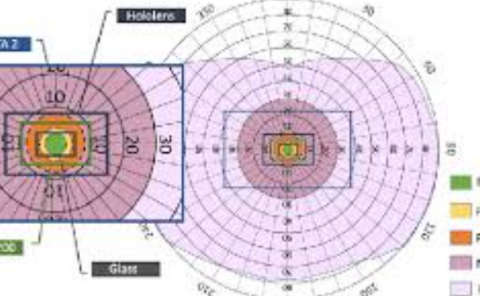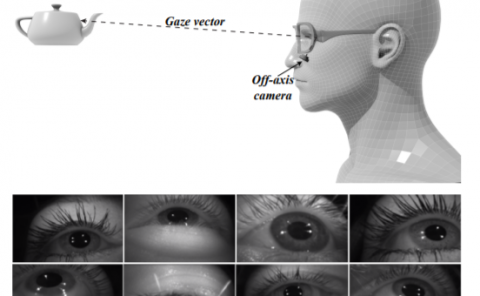Neural signatures of motor imagery for a supernumerary thumb in VR: an EEG analysis
PubDate: Sep 2024
Teams: New York University
Writers: Haneen Alsuradi, Joseph Hong, Alireza Sarmadi, Robert Volcic, Hanan Salam, S. Farokh Atashzar, Farshad Khorrami & Mohamad Eid
PDF: Neural signatures of motor imagery for a supernumerary thumb in VR: an EEG analysis
Abstract
Human movement augmentation is a rising field of research. A promising control strategy for augmented effectors involves utilizing electroencephalography through motor imagery (MI) functions. However, performing MI of a supernumerary effector is challenging, to which MI training is one potential solution. In this study, we investigate the validity of a virtual reality (VR) environment as a medium for eliciting MI neural activations for a supernumerary thumb. Specifically, we assess whether it is possible to induce a distinct neural signature for MI of a supernumerary thumb in VR. Twenty participants underwent a two-fold experiment in which they observed movements of natural and supernumerary thumbs, then engaged in MI of the observed movements. Spectral power and event related desynchronization (ERD) analyses at the group level showed that the MI signature associated with the supernumerary thumb was indeed distinct, significantly different from both the baseline and the MI signature associated with the natural thumb, while single-trial classification showed that it is distinguishable with a 78% and 69% classification accuracy, respectively. Furthermore, spectral power and ERD analyses at the group level showed that the MI signatures associated with directional movement of the supernumerary thumb, flexion and extension, were also significantly different, and single-trial classification demonstrated that these movements could be distinguished with 60% accuracy. Fine-tuning the models further increased the respective classification accuracies, indicating the potential presence of personalized features across subjects.



